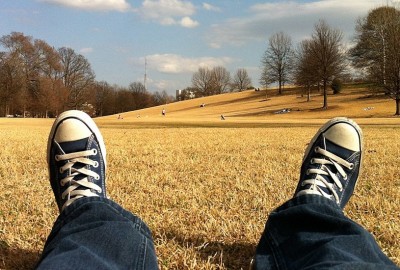Suspendisse
Spring Beauty
April and May—spring rising to its height. In January and February we all long for the first signs of spring: robins returning, crocuses and daffodils blooming, first spring peepers peeping. But by mid spring, there is such an incredible richness of living things growing, blooming, mating, and birthing, we hardly know where to begin looking or listening.
Is it possible, nevertheless, to pick out some representatives of “high spring,” those things that seem to capture our attention more than others? That seem to symbolize this burgeoning moment of the living world’s year?
April’s Ambassadors
What plants and animals stir us more than any others during April and May? The answer depends to some extent on where you live, of course. And every person’s list will be somewhat subjective. But here are some of my favorite candidates.
Let’s begin with cherry blossoms. While apple, magnolia, peach, and many other blossoms may be no less beautiful, cherry blossoms seem to have a special place in our hearts.
And nowhere do they bloom more famously in the U.S. than in Washington, D.C., around Easter time. Their lightness, delicacy, and beauty can make one forget the scandal and hot air of politics and politicians and treasure these days before the summer humidity blankets the capital.
Of flowering bushes, which typically bloom in the U.S. in April or May, I’m mighty partial to the many, often flaming, colors of azalea. But I’m not even going to try to select a representative from among all the wonderful individual flowers. We all have our favorites. Some of us are extraordinarily fond of violets. When these appear, you know spring is nearing her prime of showy loveliness and vitality.
Amphibians? Insects? These are also part of nature, even if they don’t always inspire the same fondness as do flowers. Spring is frog time. By midseason, the croaking choruses swell to full they will remind you of themselves quite effectively.
Butterflies will capture our attention and affection from now through at least mid-autumn. Still, spring is the season with which they are most associated. (This is true, for instance, in the Japanese seasonal almanacs used for writing haiku; if the term “butterfly” is used without further specification, it is assumed that it should be related to spring.)
And who could think of spring without thinking of birds? This is the time when they are by far most active and certainly most vocal. They are singing for territory, singing for mate-attraction and (we would like to believe) for the sheer joy of being alive in so fine a season.




































































Leave a reply